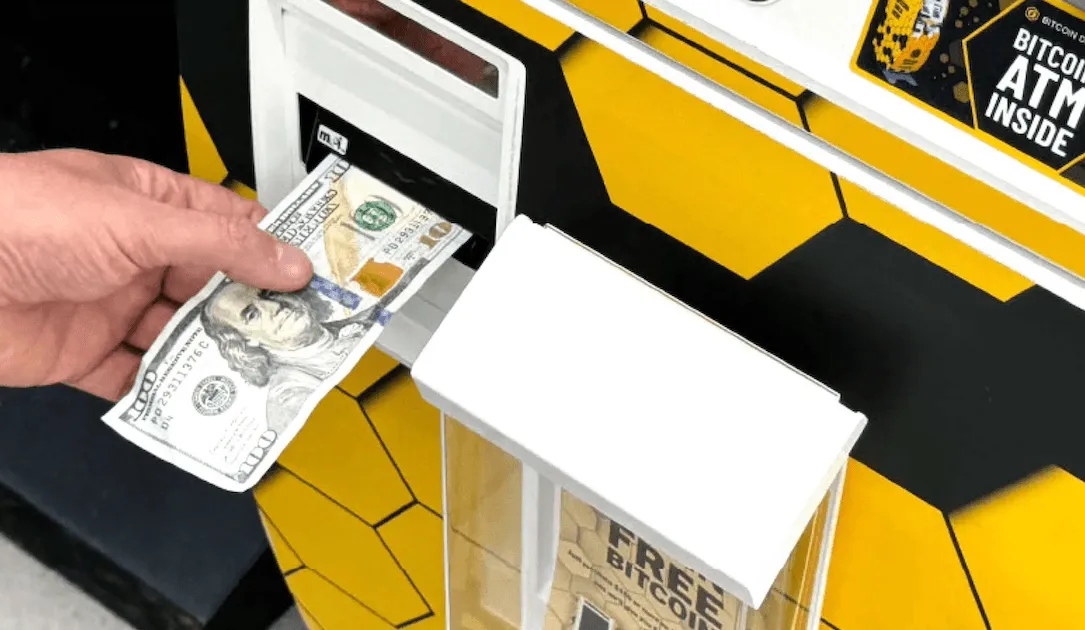On June 17, the US senate passed the GENIUS Act, which was seen as a big win for the cryptocurrency sector. The bill aims to regulate a type of cryptocurrency known as “stablecoins”, but a closer look at the law reveals that it could, quite easily, lead to the next global economic crash.
To understand the GENIUS Act, we can look back to the early days of cryptocurrencies. They were created as decentralised currencies whose supply – and, thus, value – would not be determined by people in dark suits in Washington DC or Frankfurt, but rather by a complex, globalised computer system.
The most promininent early cryptocurrency was Bitcoin, and the idea was that it would be akin to gold. It could be mined to provide an (almost) constant supply, offering a return to the gold standard era, when the value of any currency was determined by the value of gold rather than national economies.
However, the most benign way to define cryptocurrency today is a casino. Indeed, people invest in crypto precisely because it is not stable and dependable like gold, but rather because its volatile value can lead to huge returns on investment. Since the factors that determine its price are often unclear, crypto investment is essentially a roll of the dice. Making profits on crypto trading is often as likely as winning at roulette.
Read more: Crypto platforms feel like gambling because they are: Users are drawn to high-risk behaviour
Making crypto credible
The crypto industry understood that this high volatility (and unpredictability) was a barrier to attracting more cautious investors. To gain the appearance of stability, companies began to create “stablecoins”: cryptocurrencies whose prices are pegged to another currency.
Imagine, for instance, that a company called “T” creates its own cryptocurrency called “t-coin”, which is pegged to the US dollar at a 1:1 rate. If I buy one t-coin, I know I can go back to the company T and get 1 USD. If the company cannot provide me with 1 USD, the currency and the company both collapse, and investors that purchased t-coin lose their money.
This kind of crash is far from hypothetical – in South Korea in 2022, USD-pegged stablecoin Terra plummeted, sparking a cataclysmic crash that wiped around half a trillion USD from internaional crypto markets overnight.
Safe cryptocurrencies?
Several years ago, I had the pleasure visiting a Las Vegas casino. At the entrance, I exchanged USD for casino tokens or “chips”, which I used instead of money inside the casino. If I finished the night with any left, I could then exchange them back to dollars at the same rate. A stablecoin is essentially the same thing, but with electronic tokens instead of casino chips.
With the GENIUS Act through the US Senate, big companies like Amazon and Walmart are already planning to issue their own stablecoins for customers to use. But the idea of businesses having their own currency raises some serious questions. Will I be able to use Amazon tokens to pay in Walmart, or vice versa? Will the value of Amazon tokens be the same if I use them to pay in Walmart? If each major company in the US decides to create its own token, which token do you use for each transaction?
Since the GENIUS Act will regulate stablecoins, people may believe that all stablecoins are equally safe. However, this is impossible to guarantee, and huge questions remain about how businesses will leverage their own stablecoins to their advantage.
Read more: What are stablecoins? A blockchain expert explains
The next global financial crisis
During my trip to the casino, I had no concerns that once I went to swap my tokens back to USD, the establishment would hold up their end of the bargain. However, imagine I had taken my tokens home and gone back the following night to find the casino had closed down, or that it didn’t have enough dollars to cash me out.
The world has experienced several currency crises like this, where a country instead of a company issues a pegged currency. Argentina is the classic example. From 1991 to 2002, the Argentinian Central Bank promised to exchange one peso for 1 USD, but this artificially skewed trade with non-dollar economies. An economic crisis ensued, and worsened when the peg was finally removed.
Now imagine that in the US, a very big company issues 100 billion USD-pegged stablecoins. The company is successful and has enough assets (including US treasury bills or bonds) to guarantee the coin’s value. It keeps issuing more stablecoins, but then its finances take a turn for the worse.
This would set off a chain reaction. Investors would, at some point, realise that the company has issued more stablecoins than the value of US treasuries it claims to have. They would then start returning stablecoins, prompting the company to sell off its US treasury bills to (probably unsuccessfully) calm nervous investors.
The impacts soon start to ripple outwards. A selloff of US bonds would decrease the price of bonds themselves, causing US interest rates to spike. A sudden, unexpected, and drastic increases in US interest rates could easily translate into a global financial crisis, as banks and governments all around the world would suddenly face solvency crises.
Read more: Could the euro replace the dollar as global reserve currency? It's not getting any less likely
Regulation is no guarantee
Obviously, this does not need to happen. Under the new legislation companies issuing stablecoins will be regulated, and regulators will make sure that they have enough reserves to fulfil their promises if investors start to panic.
However, US financial regulators are not infallible. Just a few years ago, they failed to notice that Silicon Valley Bank had too many assets at risk of an increase in interest rates, an oversight that caused the bank to collapse in 2023.
It is therefore not difficult to imagine a situation where multiple companies are able to irresponsibly issue too many stablecoins. If this happens, the consequences could be dire, not just for the US, but for the entire global economy.








 English (US) ·
English (US) ·